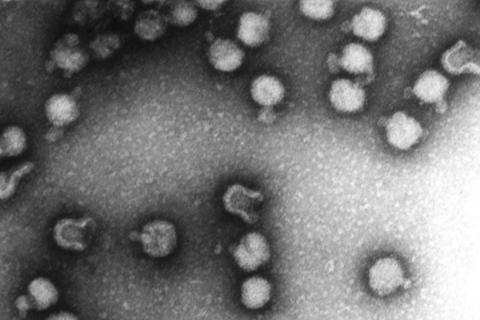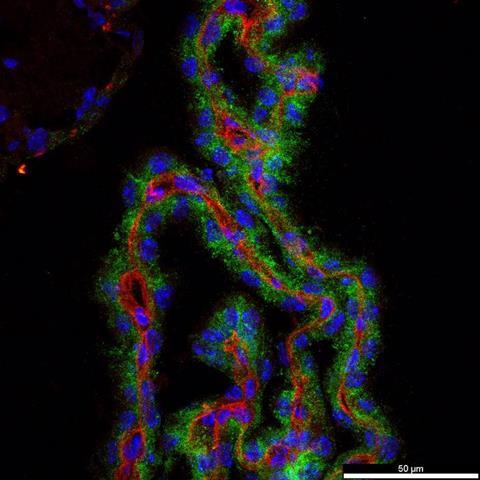In a recent study, researchers from Uppsala University show that the Semliki Forest virus enters the central nervous system by first entering the cerebrospinal fluid and then binding to a specific cell type before penetrating deeper into the brain. This finding could potentially be used to develop the Semliki Forest virus as an agent for treating brain cancer. The study has been published in the journal Nature Communications.

Semliki Forest virus was originally isolated from mosquitoes in the Semliki Forest, Uganda, hence the name. Upon systemic infection from mosquito bites, Semliki Forest virus causes mild blood viremia before finding its way to the central nervous system where it can cause neurotoxicity.
It has been a longstanding quest in virology to discover how the Semliki Forest virus enters the brain but it has been suggested to occur through the blood-brain barrier. A few years ago, a receptor called the Very Low-Density Lipoprotein Receptor (VLDLR) was identified as the primary receptor for Semliki Forest virus when entering host cells.
Gateway for neuro-invasion
In the current study, the Uppsala researchers verified VLDLR as the primary cell entry receptor. But since VLDLR is not expressed by blood vessel cells in the blood-brain barrier, they reasoned that there must by another way for Semliki Forest virus to enter the central nervous system. They confirmed this by identifying choroid plexus cells, the cell type that secretes cerebrospinal fluid into the ventricles of the brain, as the gateway for neuro-invasion.
READ MORE: Zika virus vaccine emerges as an unlikely hero in battling brain cancer
“The passage of Semliki Forest virus through the epithelial cell layer of the choroid plexus is strictly dependent on VLDLR. This route of neuro-invasion has been demonstrated for other viruses, such as ZIKA and SARS-CoV-2, but our study is the first to demonstrate that Semliki Forest virus can also use this route to enter the central nervous system,” says Miika Martikainen, researcher at Uppsala University, who is first and corresponding author of the publication.
Treating brain tumours
Oncolytic viruses are used as an immunotherapy against cancer, where the virus both invades and kills cancer cells, and activates the immune system to attack the tumour. Since Semliki Forest virus penetrates into the brain it is an interesting candidate to be developed as an oncolytic agent for the treatment of brain cancers.

“I have been working on Semliki Forest virus for many years and I’m very pleased that we have been able to solve this question. We will now focus our work on developing Semliki Forest virus as a therapeutic cancer agent,” says Martikainen.
When the researchers tested how well different viruses activated the immune system, the Semliki Forest virus was by far the best. However, it has never before been clinically tested in the treatment of cancer.
“The new knowledge gained from our study could have direct implications for how Semliki Forest virus could be delivered to patients with the severe brain tumour glioblastoma in a clinical trial,” says Magnus Essand, researcher at Uppsala University and senior author of the paper.







No comments yet